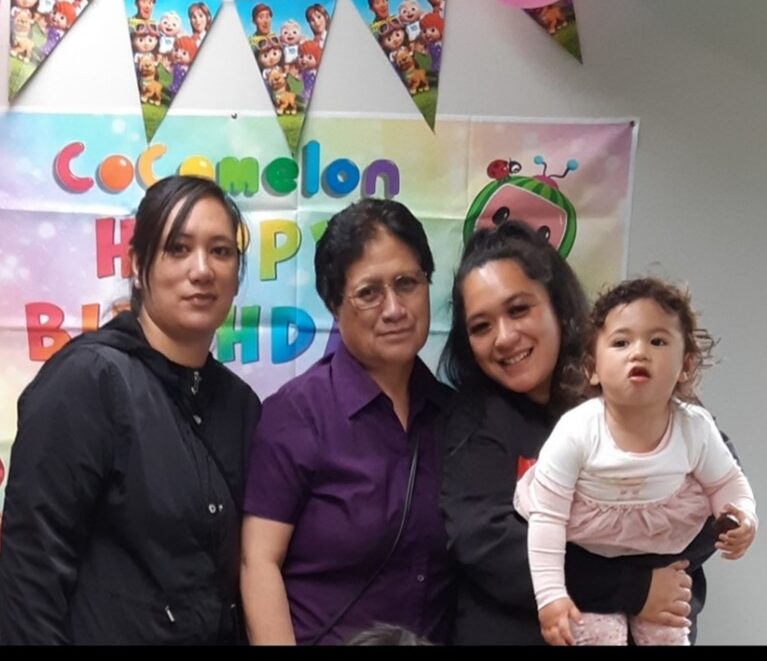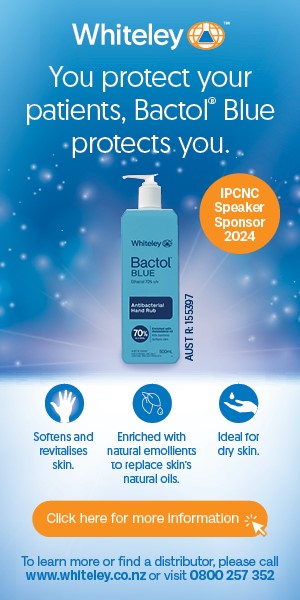
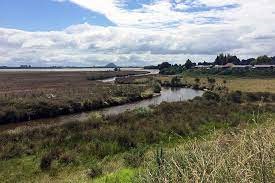
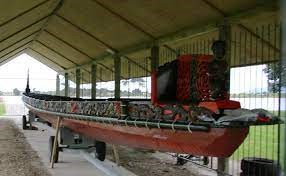
Ko Ngaiterangi tōku Iwi
Ko Ngā Pōtiki tōku Hapu
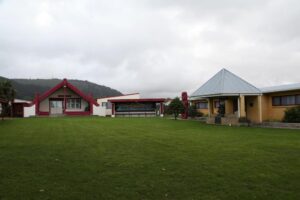
Ko Rongomainohorangi te Whare Tupuna
Ko Tuwairua te Wharekai
Ko Anamaria Watene tōku ingoa
As a Māori nurse, Anamaria Watene feels the pressure to achieve highly in her work. “You have a mission, a kaupapa to be sure your patients have a safe journey through your service and back out into the community.”
It can be hard, at times, when confronted with prejudice.
“You’re just doing your work . . . [people] say ‘why are so many Māori going to prison, why are you all protesting for your land back?’ That stuff, when it comes onto your ward, I guess that’s a challenge,” Watene says. “But that’s always been a challenge. You get through it and wait for the next one, and the next one — and then the challenge becomes like ‘yay, can’t wait for the next one!’ ”
Watene (Ngāi Te Rangi, Ngāti Ranginui, Ngāti Pūkenga, Ngāi Tūhoe) is a clinical nurse manager on Tauranga Hospital’s kaupapa ward — an innovative Māori-led 22-bed medical ward set up in the 1980s, where about 75 per cent of staff are tangata whenua.
“[A Māori-led health service] was really controversial back then, a stigma . . . and some of it is still here today,” Watene says. “It was a really brave step out.”
“I guess when we do have Māori patients here, it’s a different type of knowing . . . we just know, or they just know, without any real explanation”
At the time, koro and kuia from the local iwi — Ngāi Te Rangi, Ngāti Ranginui, Ngāti Pūkenga — looked at Māori health statistics and asked: “Where is the voice of Māori within this organisation, within Tauranga Hospital?”
‘Re-imagining’ the impossible
The late activist/lawyer/academic Moana Jackson and cultural safety pioneer Irihapeti Ramsden threw their weight in behind the initiative, and in 1989 the hospital’s first kaupapa Māori service opened. “I guess it’s like Moana Jackson’s thing around ‘reimagining‘ . . . the impossible becoming possible,” Watene says.
As a Tauranga College student, going past the hospital each day on the bus, Watene used to say: ‘I’m going to work over there as a nurse’. “Now when I get together with my cousins, they say, ‘Anamaria, you were right!’ So that was an inspiration too.”
It took a little while. She married and raised three children before doing her training in the late 1990s at the then-Waiariki Polytechnic in Rotorua. Watene worked at the hospital in paediatrics for a few years before joining the kaupapa ward — eventually becoming its clinical nurse manager in 2011.
“Nurse managers have KPIs (key performance indicators) they have to meet on a monthly or daily basis, but the KPI that I have to meet is with my people – and that’s one of the biggest KPIs in this hospital.”
“Now . . . I can really get down to business without being clouded by these other things.”
It has always been a struggle to find enough Māori nurses to staff the ward. Back in the ’80s, many were working “out of sight” in the community as enrolled nurses. But NZNO’s Te Rūnunga o Aotearoa had worked hard to build relationships with nursing schools such as Toi Ohomai in Tauranga and Te Whare Wānanga o Awanuiārangi in Whakatāne, supporting tauira. Growing numbers of Māori nurses are now entering the workforce. “Not as much as we are wanting, but they are coming through,” says Watene, who is Te Rūnanga’s Bay of Plenty/Tairāwhiti representative.
Watene — who speaks te reo Māori — says it is particularly gratifying to see a new generation of nurse graduates with fluent te reo Māori, having been immersed from kōhanga reo through to whare kura (high school).
Māori nursing workforce
Growing the Māori nurse workforce — nationally stuck at around seven per cent for the past decade — is a key focus for Watene. “That’s my thing, in Te Rūnanga, is growing workforce.
“I guess when we do have Māori patients here, it’s a different type of knowing, like a different type of kōrero with them, with us. It’s more real, knowing your body language — we just know, or they just know, without any real explanation,” explains Watene. “We walk, talk, live those concepts. We live tino rangatiratanga, whakawhanaungatana, manaakitanga . . . That is part of us, that is who we are.”
“We want our tauira to get over the line – that’s giving them a chance, because they know these things, but they have to get a tohu, we have to get a paper.”
Unfinished business
Despite the challenges of being on NZNO’s board of directors over the past three years — Watene was first elected in 2019 — she wanted to return and finish the mahi.
Enduring a period of extended conflict, special general meetings and resignations — “my God, this was not what I thought it to be!” — over time, board relationships grew. “And we would find, oh, we were a whānau!
“And now we can see the light at the end of the tunnel and so that’s why I wanted another term, so I can really get down to business without being clouded by these other things.”
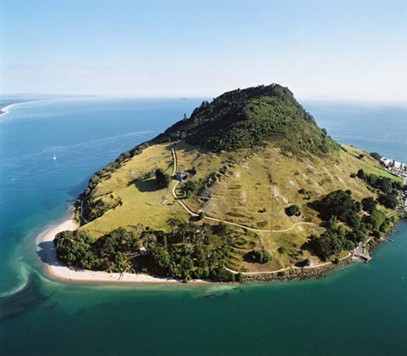
For Watene, that business is growing the Māori workforce, a te Tiriti focus and seeing the nursing profession valued — “working together for all our members . . . every nurse everywhere, no one left behind”.
Along with her matauranga Māori — knowledge of tikanga, kawa, te reo — Watene is big on whanaungatanga — relationships, or maybe kin. A Filipino colleague told her: ” ‘Oh, Anamaria, you know when we come to New Zealand we have to leave our families in the Philippines . . . but what the kaupapa ward has given us is a whānau’. It’s all I wanted to hear!”
And for her own personal restoration, she reads, walks around Mauao te Maunga or hangs out at her marae, Tahuwhakatiki.
“I just love doing that. I just go down there by myself — that’s my best place, my happy place.”


